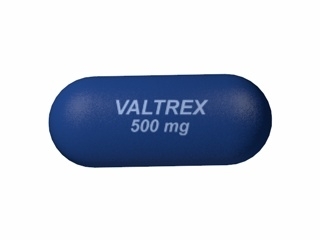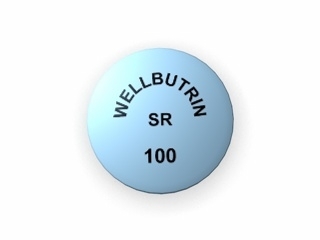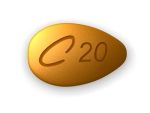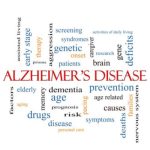Classification of erectile dysfunction
According to modern concepts, the concept of « erectile dysfunction » (ED) implies the inability to achieve and/or maintain an erection sufficient for sexual intercourse.
Erectile dysfunction can be classified according to its etiology and severity. From the point of view of etiology, organic and psychogenic forms are distinguished. In turn, organic ED is divided into vascular, neurogenic, anatomical, and endocrine. The psychogenic form can be generalized and dependent on the situation.
A. Erectile dysfunction – a generalized form.
- Primary lack of sexual desire.
- Decreased libido associated with aging.
- Permanent suppression of libido.
B. Erectile dysfunction – situational form.
- Associated with a partner.
- Directly associated with sexual intercourse.
- Associated with psychological discomfort.
- Lack of sexual desire in certain situations.
Erectile dysfunction associated with a partner.
Lack of sexual desire due to the sexual preferences of the partner. Severe suppression of libido is caused by fear of conflict with a partner or the threat of a change in the usual sexual lifestyle.
ED, directly related to sexual intercourse.
Associated with other sexual dysfunctions (eg, accelerated ejaculation).
Intense situational negativism (eg, failure expectation syndrome).
ED, associated with psychological distress.
Associated with depressed mood (eg, depression) or severe stress (eg, death of a loved one).
In addition to isolated organic and psychogenic forms, ED of mixed origin is often encountered. Also, erectile dysfunction can occur as a result of taking certain medications (for example, β-blockers, selective serotonin reuptake inhibitors, diuretics, etc.).
Types of erectile dysfunction and statistics
Depending on the severity of erectile dysfunction, there are mild, moderate, and severe erectile dysfunction.
According to studies, the incidence of erectile dysfunction in men aged 50 to 70 is about 60%. In another study, erectile dysfunction was observed in 31% of men aged 18 to 60 years. It has been established that the frequency of erectile dysfunction increases by 10% in men aged 40-49 years, and by 16% – at the age of 50 years. -59, by 34% – at the age of 60-69 years and more than 50% – at the age of 70-80 years.
It used to be thought that erectile dysfunction was primarily due to psychogenic factors, but now scientists have learned that it is more likely to develop as a result of organic causes, at least in men over 45-55 years old.
There are reports in the literature, the authors of which claim that the treatment of erectile dysfunction that has developed against the background of the underlying disease improves the results of its treatment. Therapy for ED reduces the course of the disease, which is characterized by feelings of collapse, depression, insecurity, and hopelessness. ED more than 4 times increases the physical dissatisfaction of patients and more than 2 times – emotional.
In addition, it should be noted that erectile dysfunction can be not only a cause but also a symptom of other serious diseases, such as diabetes, coronary heart disease, and depression.
Treatment of erectile dysfunction
Erection problems that occur from time to time should not cause serious concern. However, frequent sexual problems cause stress, reduce self-confidence, and can lead to relationship breakdown.
Poor erection can be a sign of other pathologies. For example, the absence of a morning erection indicates the organic nature of dysfunction: pathology of the cardiovascular system (atherosclerosis, coronary heart disease), metabolic disorders (for example, diabetes mellitus).
The most severe forms of impotence are mixed, and occur with diabetes mellitus, and renal failure, after extensive operations on the pelvic organs. This is due to the deterioration of blood flow due to irreversible changes in the vascular and cavernous tissues of the penis.
Diagnosis of erectile dysfunction
Diagnosis of erectile dysfunction is to determine its psychogenic or organic causes.
Organic forms are treated by urologists, psychogenic forms are treated by psychiatrists and/or sexologists. In most cases, an examination by a urologist is sufficient to select treatment tactics.
Physical examination. Inspection, palpation of the penis and testicles, checking for nerve sensitivity.
Blood and urine tests. The state of the cardiovascular and endocrine systems, the presence of diabetes mellitus, or other diseases that affect potency are checked.
Psychological test. Depression or other possible psychological causes of the disease are detected.
Treatment of impotence with pills is effective in 95% of cases.
The first thing the doctor should do is to make sure that the treatment of chronic diseases is correct, if it is prescribed.
Depending on the causes and degree of erectile dysfunction, you will be offered different treatment options. Your doctor will explain the risks and benefits of each. In 95% of cases, it is enough to take stimulants: Sildenafil (Viagra), Tadalafil (Cialis), Vardenafil (Levitra), or Avanafil (Stendra).
All of these remedies for impotence enhance the action of nitric oxide. It is a natural chemical produced by the body to relax the muscles of the penis and stimulate circulation.
Before taking all medications, including commercial supplements and herbal remedies, check with your doctor to make the right choice.
Impotence pills may not work right away. It may take time to find the right dosage. Medicines may be less effective in certain conditions, such as after prostate surgery or diabetes.
Possible side effects include redness, nasal congestion, headache, blurred vision, back pain, and upset stomach.













